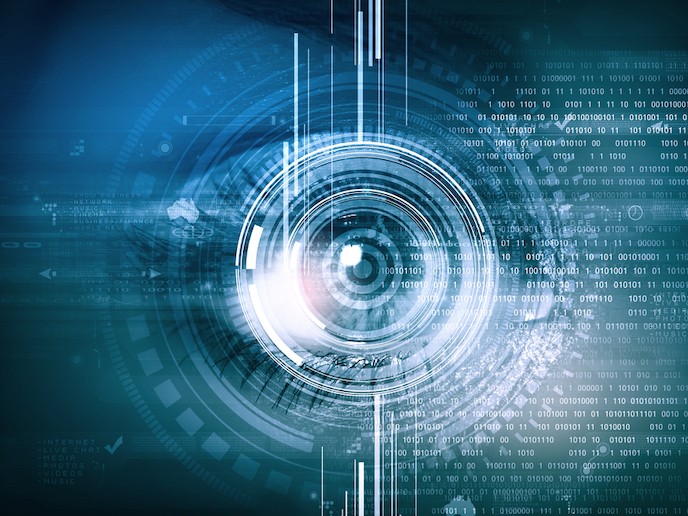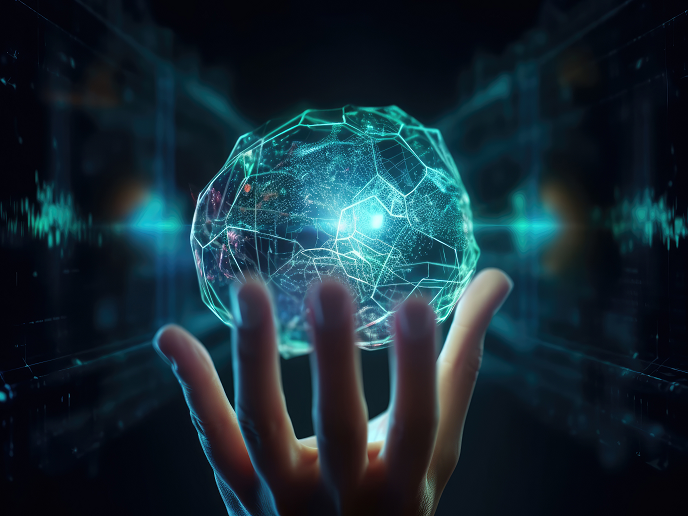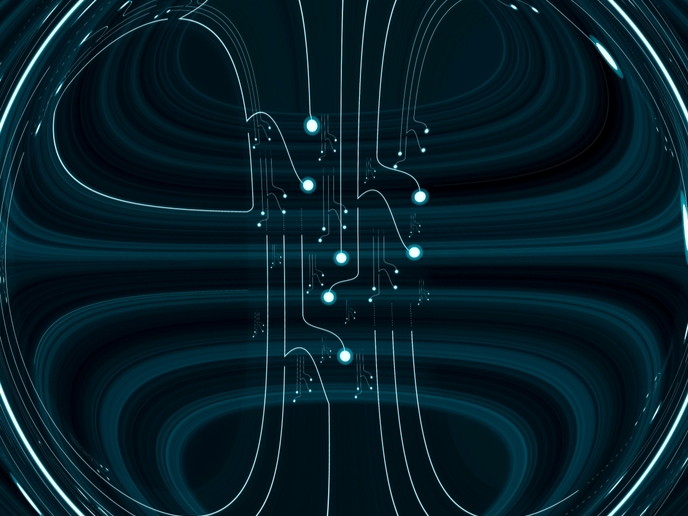Reservoir computing for multitasking sensors
Any tech giant out there would gladly tell you: machine learning is the future of technology, and we’ve only scratched the surface of its full potential. Soon enough, all software embedded in our smart devices will automatically learn and improve from experience, as we humans do every time we encounter new situations. The comparison is fundamental, as one of the most successful approaches to machine learning – called reservoir computing (RC) – is inspired from neural networks. As Zoran Konkoli, professor at the Department of Microtechnology and Nanoscience of Chalmers University of Technology, points out: “The key selling point of reservoir computing is that it doesn’t require complex auxiliary equipment. If a system is complex enough, then it can be equipped with a very simple unit, called a ‘readout layer’, which can be easily optimised for any computation.” In September 2015, Prof. Konkoli took the lead of an eight-strong consortium of universities and research institutes to apply RC to a new generation of intelligent, biocompatible sensing devices capable of detecting behavioural changes in ion concentrations. The RECORD-IT project was born. Usually, sensors work in two steps. First, they interact with the object to be investigated and produce an output. This output can then be analysed in a second step by an independent unit. When our eyes encounter light, for instance, it triggers the action potential in the neurons that lead from the retina to the brain. In the second step, our brain makes sense of this information. There are two keys approaches to using RC for sensors: the traditional setup of ‘RC and sensing’, where the RC device is used for the analysis step, and the novel approach of ‘RC for sensing’ developed by the RECORD-IT project. Here, the RC sensor both collects information and processes it at the same time. “Let’s say that you want to find out about the weather outside without having access to a window. If a person enters the room from the outside, you may want to use that person to determine the weather. In an ‘RC and sensing’ setup, you would have to design a very complex camera which would be followed by a complex image processing analysis (by an RC or other type of unit) to see whether the person is wet. With ‘RC for sensing’, you could just interact with the person instead of being a passive observer by asking simple questions,” says Prof. Konkoli. The main innovation brought about by RECORD-IT lies in how such a dynamic system can be queried over time, accumulating clues about the environment before assessing them with a very simple inference unit. But the team also managed to apply this approach to the very challenging field of ionic systems. “The list of possible applications is endless,” Prof. Konkoli enthuses. “We expect a huge impact on IoT technologies, where the need to reduce the communication bandwidth is a big challenge. For example, we could envision medical applications such as real-time patient monitoring (we want accurate sensors that are small and energy efficient), swarm intelligence applications with distributed sensor systems, etc.” Although the project was completed last year, the consortium has been busy exploiting the project’s algorithmic principles for several applications. These include a sensor for detecting neurological diseases; cryptographic applications; and several distributed sensor network ideas.







